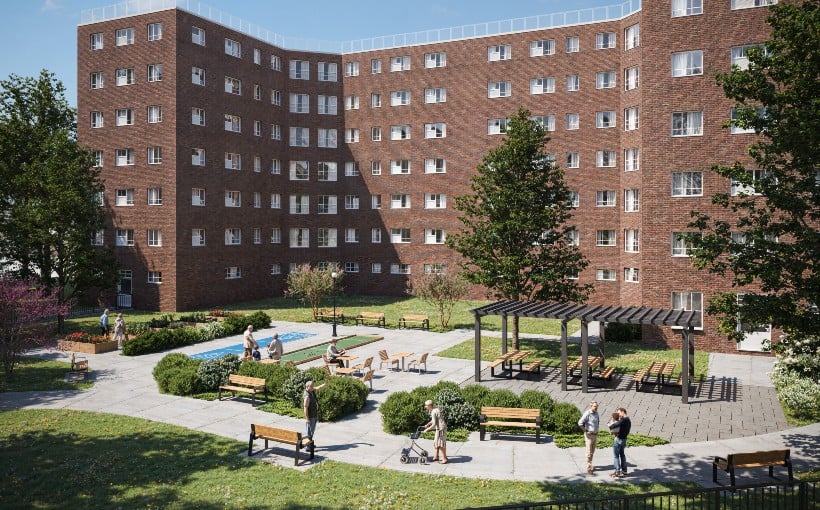According to a report issued by Brookings in August 2022, domestic out-migration had an outsized demographic impact on large metropolitan areas during the prime 12 months of the COVID-19 pandemic. The Census estimates from July 1, 2020 to July 1, 2021 showed an absolute decline in the aggregate size of major metropolitan areas across America. Meanwhile, smaller metro areas experienced higher population growth.
Headlines blared that employees were eschewing major metros for suburban and secondary cities; however, a CBRE report titled “U.S Migration: The Stories Behind the Story” paints a different picture of out-migration – especially among tech and finance workers – with minimal workforce diminution over three years ending February 2023 in high cost markets such as Metro New York (-0.6%), Washington D.C (-0 .2%), Los Angeles (-0 .2%), Boston(- 0 .4%) Chicago(- 0 .6%) and San Francisco ( -0 .9%). Sun Belt markets such as Austin (4..1 %), Nashville( 2 .. 6 % ), Tampa( 2 .. 6 % ) , Charlotte( 2 ..2% )and Raleigh (1.. 9% )experienced boosts due to incoming migration patterns instead
The CBRE report cautioned against generalization when it comes to migration patterns which are linked specifically with certain skill sets; Tomas Sulichin President at Related ISG stated South Florida has seen highest number of new residents compared other states particularly within Palm Beach & Brickell area where finance & tech sectors have been most active migratory forces post pandemic period Economic & lifestyle considerations largely drive talent migration according reports findings while younger professionals prefer larger metros or fast growing sunbelt cities whereas career professionals tend examine lifestyle factors like family space before deciding move
Partner Valuation Advisors Senior Managing Director Eric Enloe suggested city appeal is key factor influencing decision making process here ; entertainment options , attractive housing stock , good accessibility alongwith amenitized office buildings offering collaboration opportunities all play important role determining whether people decide stay put or migrate elsewhere Office landlords must also understand this market specific case rather than just focusing on total workforce numbers he added while Sulichin noted even if businesses take up less space new tenants continuously coming into replace them thus keeping vacancy rates low despite hybrid scheduling model fundamentals challenging demand




